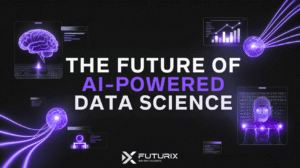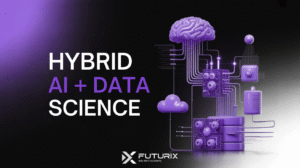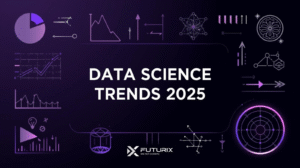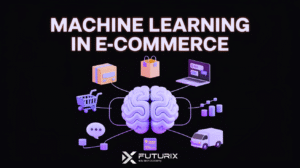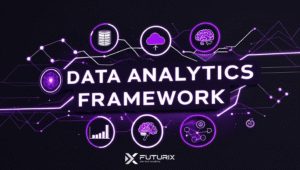How Big Data Know What You’ll Watch or Buy Next
Have you ever felt that online shopping and streaming platforms know you better than you know yourself? I have indeed discovered the answer to my inquiry regarding how big data know what you’ll watch or buy next.
The answer lies in Big Data and predictive analytics, where every click, pause, and purchase is carefully analysed to predict your next move. This is the power of Big Data-driven marketing.
Companies like Netflix, Amazon, Spotify, and more utilise data analysis methods to create a customer-responsive experience. Through this process, we receive suggestions that align with our interests and preferences regarding each product.
Big Data In Entertainment and E-commerce
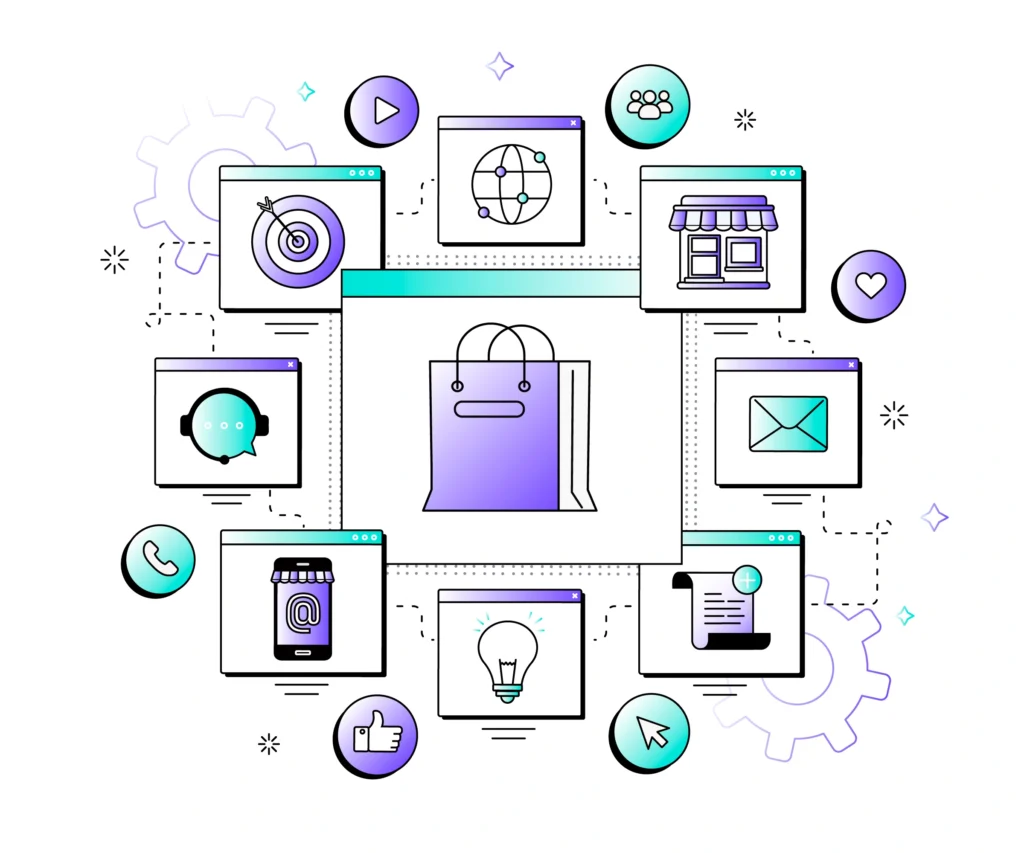
Importance of Big Data
Big Data includes all the structured and unstructured data collected from different sources every second. In marketing, it helps companies understand customer types, behaviors, industry trends, and preferences. This information allows businesses to make smart, data-driven choices that boost sales and improve the user experience.
Role of Algorithms in Prediction
Algorithms help Big Data know what you’ll watch or buy next. They analyse data and identify patterns to suggest future possibilities. This process helps to:
- Personalised recommendations
- Optimise budget-friendly options
- Predict demand for certain products
- Identify potential or similar customers
How is data collected?
Big Data predicts what you’ll watch or buy next by analysing and collecting information from every customer interaction, including clicks, views, purchases, search queries, browsing history, ratings, reviews, and social media activity. Then, this data identifies patterns through
- User Interactions: Analyse clicks, views, and purchases to understand engagement.
- Search Queries: Track keywords and their frequency.
- Viewing/Browsing History: Identify content preferences and time spent.
- Ratings and Reviews: Understand user opinions and satisfaction levels for product feedback.
- Social Media: Gather insights on interests and demographics to target the right audience.
- Cookie-based tracking: Capture browsing behaviour across different websites.
- Session data: Record user activity during a single visit to a site.
- Third-party integrations: Combine external data for enhanced personalisation and targeted advertising.
Let me give you an example of how big data know what you’ll watch or buy next,
Netflix and Amazon
Netflix and Amazon are great examples because many people engage highly with these platforms. How Big Data know what you’ll watch or buy next on these platforms?
- Netflix: They analyse viewers’ watch history and study user behaviour patterns, such as how often they choose content with the same pace or genre.
- Amazon: They use purchase history for recommendations, understand needs through search flows and budgets, and predict related recommendations for similar products.
To understand how Big Data know what you’ll watch or buy next, let’s take a detailed look at the examples of Netflix and Amazon.
Netflix’s Recommendation Engine

How is it that we rarely have to search for our favorites or look for similar content? Let’s see.
Impact on Content Creation
Netflix’s data not only suggests or predicts recommendations but also analyses what the industry should produce to align with audience interests. They use this data to identify:
- Popular genres and themes
- In-demand actors and directors
- Changes in industry trends
They have used this data to create popular shows like Stranger Things and The Crown based on what viewers like.
Predicting viewer preference
How Big Data know what you will watch next? They analyse certain factors to recommend shows, such as:
- Genre Preferences: They suggest similar genres.
- Viewing Times and Patterns: They recommend appropriate content for the time of day.
- Ratings and Reviews: They suggest highly-rated similar content.
- Similar User Behavior: They recommend content popular among similar viewers.
History Analysis
Through history, the data predicts our preferences. This includes,
- Completed shows and movies,
- Partial views and abandoned content,
- Rewatched content,
- Binge-watching patterns.
Categorising Content
How Netflix Organises Content,
Netflix uses 4 main categories to recommend shows and movies:
- Genres (Action, Comedy, Drama)
- Micro-Genres (Romantic Comedies, Sci-Fi Horror)
- Moods (Feel-Good, Thrilling, Laugh-Out-Loud)
- Themes (Coming-of-Age, Superheroes, Time-Travel)
Personalised user Behaviour
These platforms personalise content for each viewer, considering factors like,
- Viewing habits,
- Search history,
- Ratings and interactions,
- Device usage patterns.
So I think you have an idea of how Big Data know what you’ll watch next. Now, let’s see how it influences what you buy next.
Amazon’s Product Recommendation System
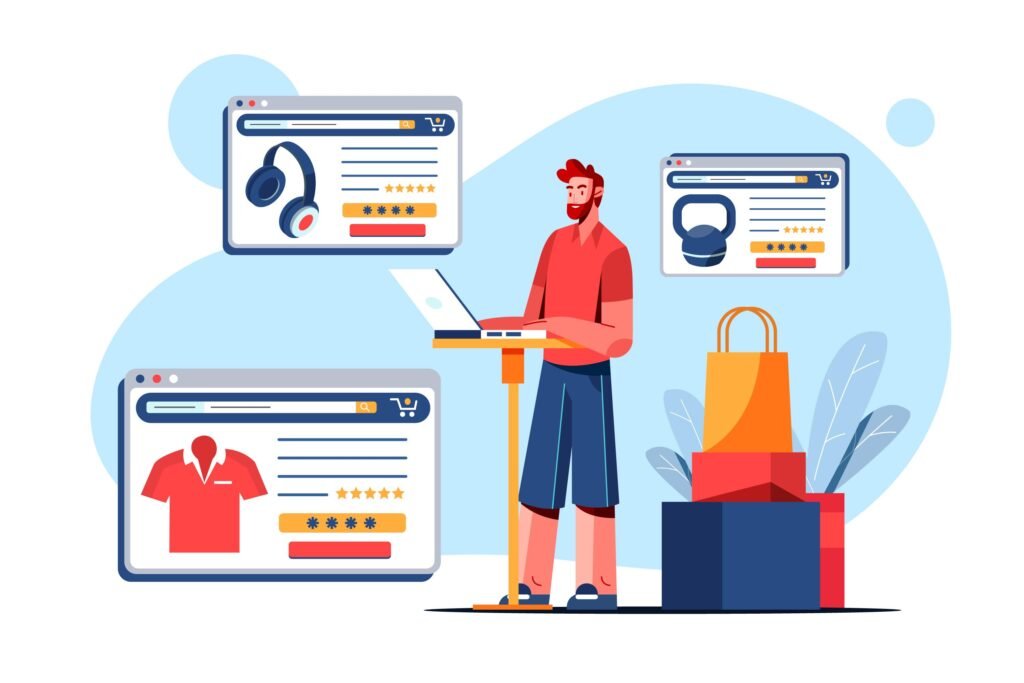
So, how do we always get related products that match our interests or are within our budget? Let’s see.
Item-to-Item Recommendation
We’ve seen an option on Amazon that says ‘Customers who bought this item also bought.’ This helps analyse the relationship between customer behaviour patterns and identify products that can be sold as a combo. This is done by,
- Comparing items in a user’s purchase or browsing history,
- Identifying similar items that other customers have shown interest in,
- Generating recommendations based on product similarities.
Collaborative Filtering
Collaborative filtering is a method that uses what other people like to make personalised recommendations for you. This is of 2 varieties,
- User-based – Finds similar users and recommends items they liked.
- Item-based – Finds similar items based on user ratings and interactions.
Browsing behaviour pattern
How Big Data Know What You’ll Buy Next? By tracking your interactions.
- Pages viewed,
- Time spent on each page,
- Items added to the cart but not purchased,
- Search queries.
Purchase History
A customer’s purchase history reveals their buying patterns. Amazon uses this data to,
- Identify frequently purchased categories,
- Suggest complementary products,
- Predict future needs based on past purchases.
So now that we understand how Big Data know what you’ll watch or buy next, let’s explore the actual technology behind it.
The Technology Behind Predictive Analysis
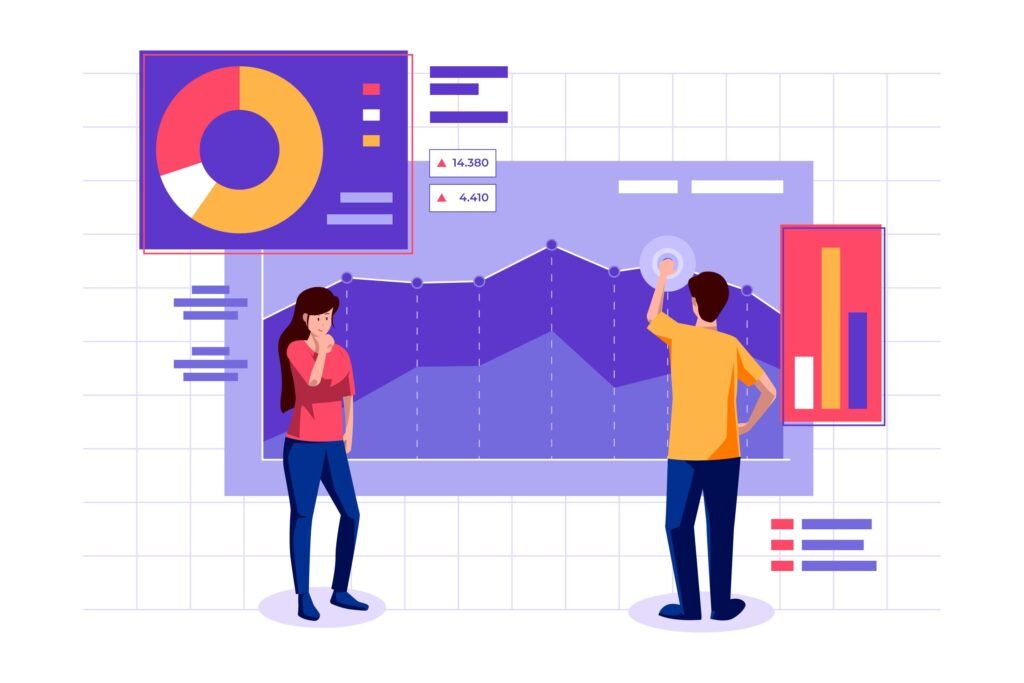
Artificial Intelligence Integration
AI, like in many other fields, is a major player here as well. AI algorithms can process vast amounts of data, identify patterns, and make intelligent predictions. These systems help understand and analyse patterns over time, which helps to learn how big data know what you’ll watch or buy next.
Deep learning
Behind that seemingly magical recommendation is a deep learning system, essentially artificial neural networks inspired by the human brain.
When you’re streaming, the system is analysing multiple data points,
- Content metadata (genres, actors, directors)
- Your viewing patterns (watch time, completion rates)
- Behavioral signals (pauses, rewinds, abandoned shows)
Let’s break down the tech.
The neural network might use architectures like Convolutional Neural Networks (CNNs) for image processing of video thumbnails, or Recurrent Neural Networks (RNNs) to understand the sequence of your viewing choices. Neural networks analyse massive datasets to recognise patterns in your viewing behaviour, adjusting recommendations as you continue to watch content.
Netflix uses a method called matrix factorisation to look at data, which puts both users and shows in a simpler space. This lets the system quickly compare what you like with the features of a show. By using deep learning, Netflix can understand more complex connections that basic recommendation systems might miss.
As you keep watching, Netflix’s model improves its suggestions through reinforcement learning, changing its recommendations based on your choices. This creates a highly personalised streaming experience, powered by smart algorithms.
Natural Language Processing
Have you ever noticed how scary-good Amazon and Netflix are at understanding what you write and say? That’s thanks to a fascinating technology called Natural Language Processing, or NLP for short. Think of it as giving computers the superpower to understand human language!
Let’s peek behind the curtain at how this works:
On Amazon, NLP is like having millions of super-fast readers analysing every product review. When you write “This phone’s battery life is amazing!” the AI doesn’t just see words – it understands you’re excited about the battery performance. Here’s what’s happening technically:
- Sentiment analysis algorithms break down your review
- Named Entity Recognition picks out key product features
- Dependency parsing figures out how your words relate to each other
For instance, if lots of customers mention “easy setup” in their smart home device reviews, Amazon’s NLP systems flag this as a positive selling point and might recommend similar user-friendly products to shoppers.
Netflix uses this same tech to become a better mind reader of what you want to watch. When they’re tagging shows, they’re not just looking at basic genres like “comedy” or “drama.” Their NLP systems can understand complex themes and moods from:
- User reviews and comments
- Plot summaries and dialogue
- Social media discussions about shows
So when you search for “feel-good movies with strong female leads,” Netflix’s NLP can understand what you mean and find shows that match, even if they’re not explicitly labeled that way.
Both platforms use advanced techniques like:
- Transformer models for contextual understanding
- Word embeddings to capture semantic relationships
- Deep learning architectures like BERT or GPT for nuanced language comprehension
The result? Whether you’re shopping or streaming, these platforms keep getting better at speaking your language and knowing what you’ll love next!
Real-Time Analytics
How big data know what you will watch or buy next?
Netflix and Amazon use powerful tools to understand your preferences instantly. Here’s how:
What happens behind the scenes:
- 1. They track your actions: clicks, views, searches, and purchases.
- 2. Advanced systems (like Apache Kafka) process millions of actions per second.
- 3. The system spots trends and adjusts in real time.
Example: A new true crime documentary becomes popular
- Netflix notices a viewing spike.
- Automated systems test different thumbnails.
- Recommendations update to show trending content.
- Machine learning models adjust to match your changing tastes.
Cloud Computing
Cloud platforms enable seamless data storage and accessibility, ensuring that Big Data models can process information and deliver recommendations from any location. It helps in analysing and predicting major data-based insights.
Machine Learning Algorithms
Various machine learning algorithms power predictive analytics,
| Algorithm Type | Description | Common use |
| Regression | Predicts continuous Values | Sales forecasts |
| Classification | Categorising data into defined groups | Categorising customers |
| Clustering | Club similar types of data | Product recommendation |
| Neural Networks | Imitates the human brain to recognise complex patterns. | Image and speech recognition |
So, this is how the technology works behind how Big Data know what you’ll watch or buy next. Now, let’s see some of the benefits of predictive analysis for businesses.
Benefits of Predictive Analytics for Business
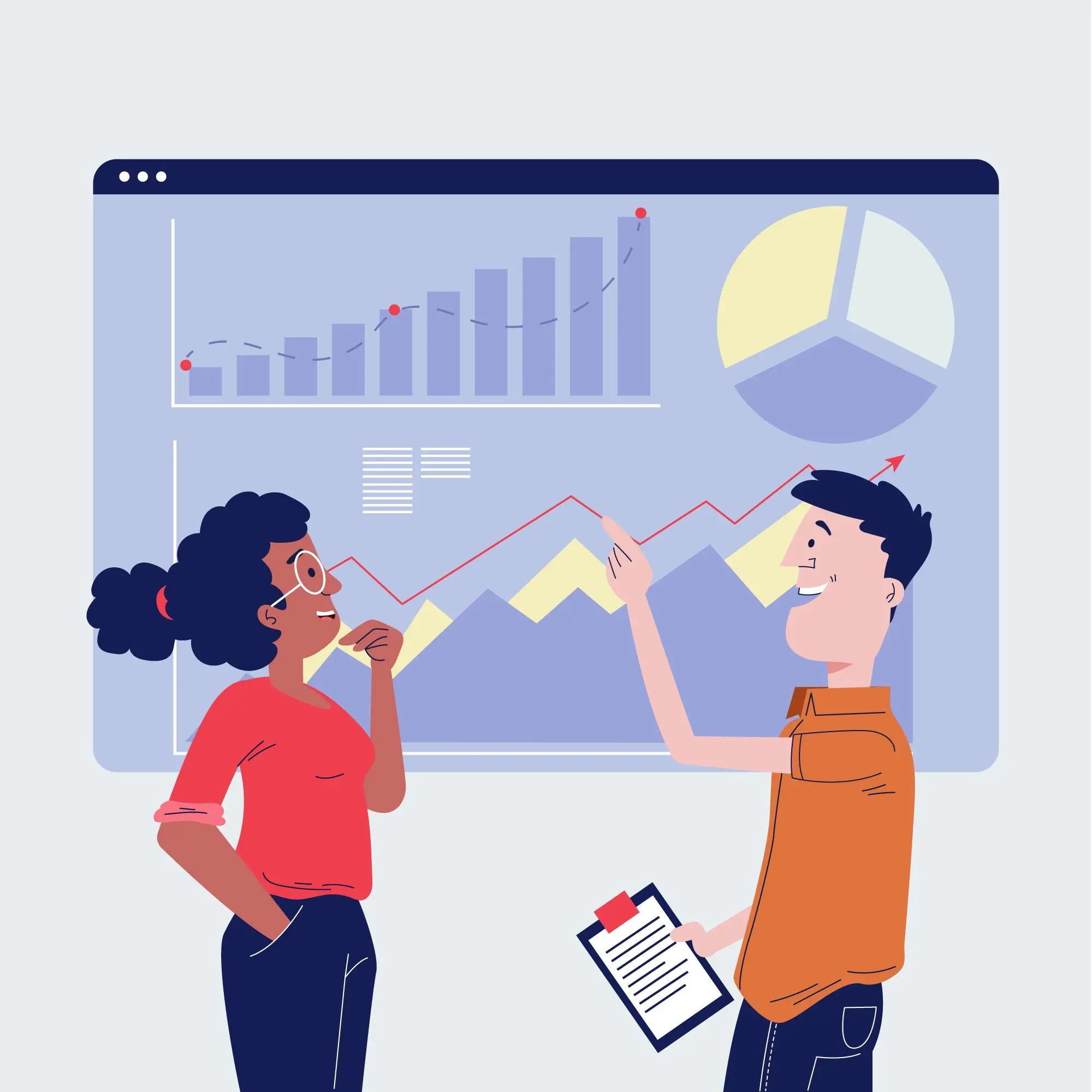
So, how big data know what you’ll watch or buy next in the Future of Business? Now that we understand what happens with the collected data, let’s explore how this could benefit the future.
- Creating personalised marketing opportunities – This helps recommend in-demand products, customise marketing content, and target specific audiences.
- Improved inventory management – With enhanced inventory management, companies can optimise supply chains, reduce waste, and forecast demand.
- Higher conversion rates—Predictive analysis helps by identifying valuable prospects, finding the best times for sales outreach, and recommending effective sales strategies, which increases conversion rates.
- High customer engagement – Predictive analysis improves customer engagement by personalising content, recommending products at the right time, offering proactive support, and creating tailored loyalty programs.
So, I hope you have a clear idea of how Big Data know what you’ll watch or buy next. While Netflix and Amazon are notable examples, many other platforms use data to drive business success. The power of online media is growing, and businesses are expanding their strategies by integrating the latest technologies. Therefore, the future of data science is highly promising. If you’re interested in becoming a trendsetter in this field, learn from industry experts at Futurix Kerala’s first data science dedicated campus.

Maneesha M
Maneesha M. is an experienced Data Analyst and Senior Mentor with over 4+ years of teaching experience in Data Science and related fields. Specialising in transforming raw data into actionable insights, her expertise includes data analysis, visualisation, and statistical analysis, helping to make complex datasets accessible and understandable.

